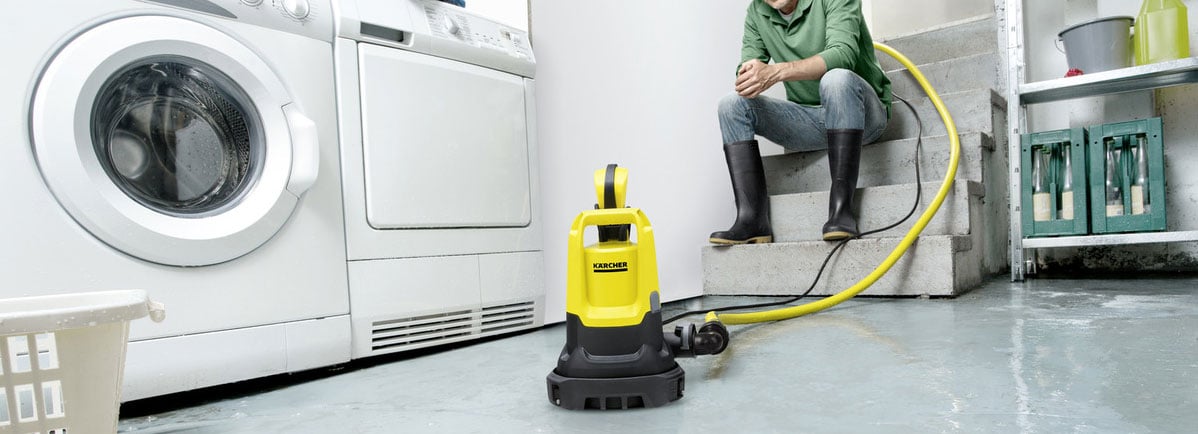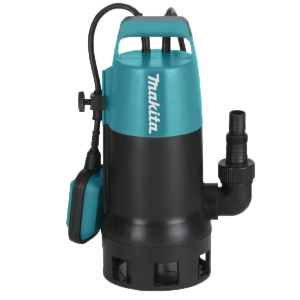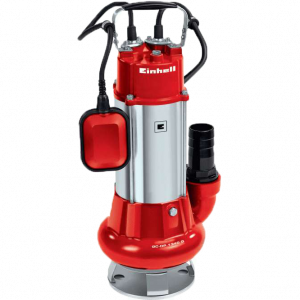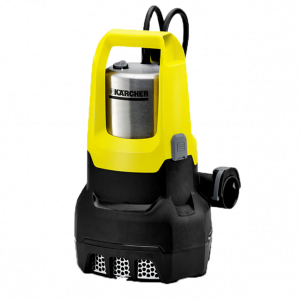Read the purchasing guide to the best submersible pump. Discover all the main features and the best ways to use them.
The Complete Guide to help you choose the Best Submersible Pump
by the Real Experts of Equipment for Irrigation Treatments.
Do you want to irrigate your garden by drawing water from a well? Do you want to empty basins of dirty water or mud? Do you need to deal with flooding hazards in cellars or garages? Then, an electric submersible pump could be the right tool for the job.
If you are looking for a complete guide to submersible pumps written by real professionals in this field to help you find your way around these machines, then this is exactly the right place.
In this purchasing guide we will try to shed light on some important aspects and deepen our knowledge of these machines to help you choose the best submersible pump.
1. The submersible pump
A submersible pump, is a pump equipped with an electric motor designed to operate below the water level and draw water up to the surface.
These electric submersible pumps turn out to be very useful for dealing with a wide range of water drainage requirements. They are very popular products for the treatment of dirty water (e.g. black water), allowing the drainage of sewers, waste waters, sewage, muds and liquids with suspended dirt residues.
Submersible pumps are extremely versatile machines, and as such, are purchased for very different reasons. They can be useful for:
- irrigation treatments in vegetable patches or gardens,
- cope with emergencies such as flooding of domestic premises,
- creating a septic tank,
- emptying a pool.
From this, it is easy to understand how an in-depth knowledge of a electric submersible pump is important in order to purchase the right machine for one’s needs.
This is essentially a hydraulic pump powered by an electric motor, a mechanical device whose main function is to move fluids from basins located at a certain depth up to the surface. Submersible electric pumps are characterized by technical features such as:
- flow rate,
- head lift,
- float switch
2. Technical features
2.1 The flow rate of the submersible pump
When talking about flow rate, we mean the amount of water that the pump is able to displace over a given period of time (generally this value is calculated per hour or per minute). Therefore, depending on the user’s needs, it will be possible to figure out which submersible pump to choose. The larger and more capacious the basin or well from which the water is to be pumped, the more a high-capacity submersible pump is needed to carry out the job in the shortest possible time.
2.2 The head lift of the submersible pump

The head lift and flow rate values are displayed in a graph: for each flow rate value, the resulting head lift value can be identified. The curve passing through the points is generally a straight line that can be more or less flat, or vice versa, more or less steep. Submersible pumps with a “flatter” curve provide little head lift variation but large variations in flow rate value; pumps with a “steeper” straight line generate large head lift variations and a more constant flow rate.
The head lift is the height up to which the water pump can push the water. This value, generally measured in metres, should be considered in relation to the flow rate. There is essentially an inversely proportional relation between flow rate and head lift, as can be seen from the graph.
The head lift basically indicates the ability of the pump to move water from one point to another and can be measured as the difference in metres between the point where the water is drawn and the point where the pump can transport it.
It is also important to say that the head lift must be considered together with the technical data of the maximum suction depth that the pump can guarantee underwater.
Let us take a practical example to better understand this aspect: if a submersible pump is able to draw water from a well located 5 metres underground and manages to send it to a cistern located in the garden at a distance of 8 metres, then we can say that this pump guarantees a head lift of at least 13 metres.
2.3 The float switch and the electric motor
Submersible electric pumps are equipped with an electric motor which is activated thanks to the float switch. This level sensor can be adjusted to a certain height, when the water reaches that height the pump will activate. Basically, the pump works in automatic mode and the level sensor controls the pump automatically: the electric pump switch on when the water touches the sensor and switches off when the sensor loses contact with the water.
When the pump starts up, electrical energy is converted into kinetic energy, which activates the impeller. The impeller, in turn, transforms the kinetic energy into pressure generating the “thrust” that moves the water.

Makita PF1010 
Einhell GC DP 1340 G 
Karcher SP 7 Dirt Inox
3. Types of submersible pumps
There are basically four types of submersible pumps:
- Submersible pumps for dirty water
- Submersible pumps for clear water
- Submersible pumps for clear and waste water
- Submersible pumps for deep wells
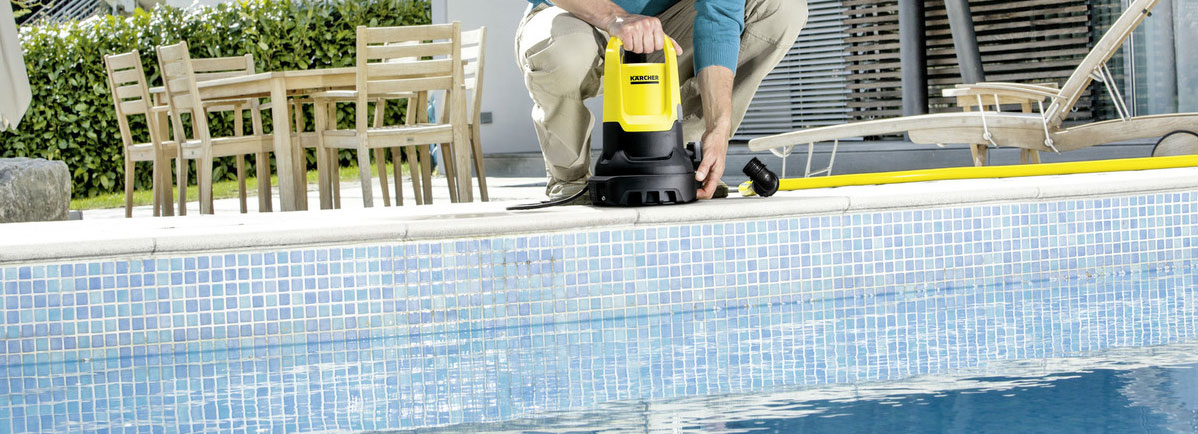
3.1 Submersible pumps for dirty water
Submersible pumps for dirty water are suitable for draining dirty water, sewage, fluids with up to 40 mm of debris. These electric pumps allow you to draw water from wells, construction sites, ponds, flooded cellars and the like.
3.2 Submersible pumps for clear water
Electric submersible pumps for clear water, on the other hand, are ideal for draining high flow rates of clean water, i.e. free from dirt or debris. These machines are ideal for emptying swimming pools, reservoirs, flooded cellars or garages and so on. They allow you to draw water from wells and irrigate vegetable patches or gardens without any problems.
3.3 Submersible pumps for clear and waste water
Many submersible pump models are capable of performing a double function i.e. they can drain both clean and dirty water.
3.4 Submersible pumps for deep wells
The special structure of these submersible pumps make them particularly suitable for use in cisterns and deep wells. These models can reach great depths of immersion, which are impossible to achieve with standard pumps for dark or clear water.
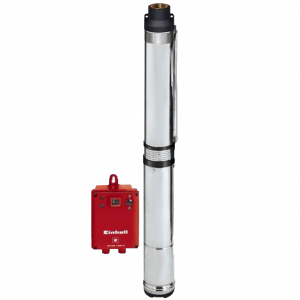
These pumps are fitted with electric motors that are usually more powerful than other models and feature a multi-impeller pumping system that provides greater pressure force to the fluid being moved upwards.
They generally come with a really sturdy structure with both machine body and filter in steel.
Furthermore, some models have a convenient external pump start-up box (see model in the picture).
It is important to say that all models of electric submersible pumps can be equipped with fittings for the most common irrigation pipes available on the market. These includes of ¼, ½, 1 or even 2-inch quick fittings (almost always supplied with the pump).




